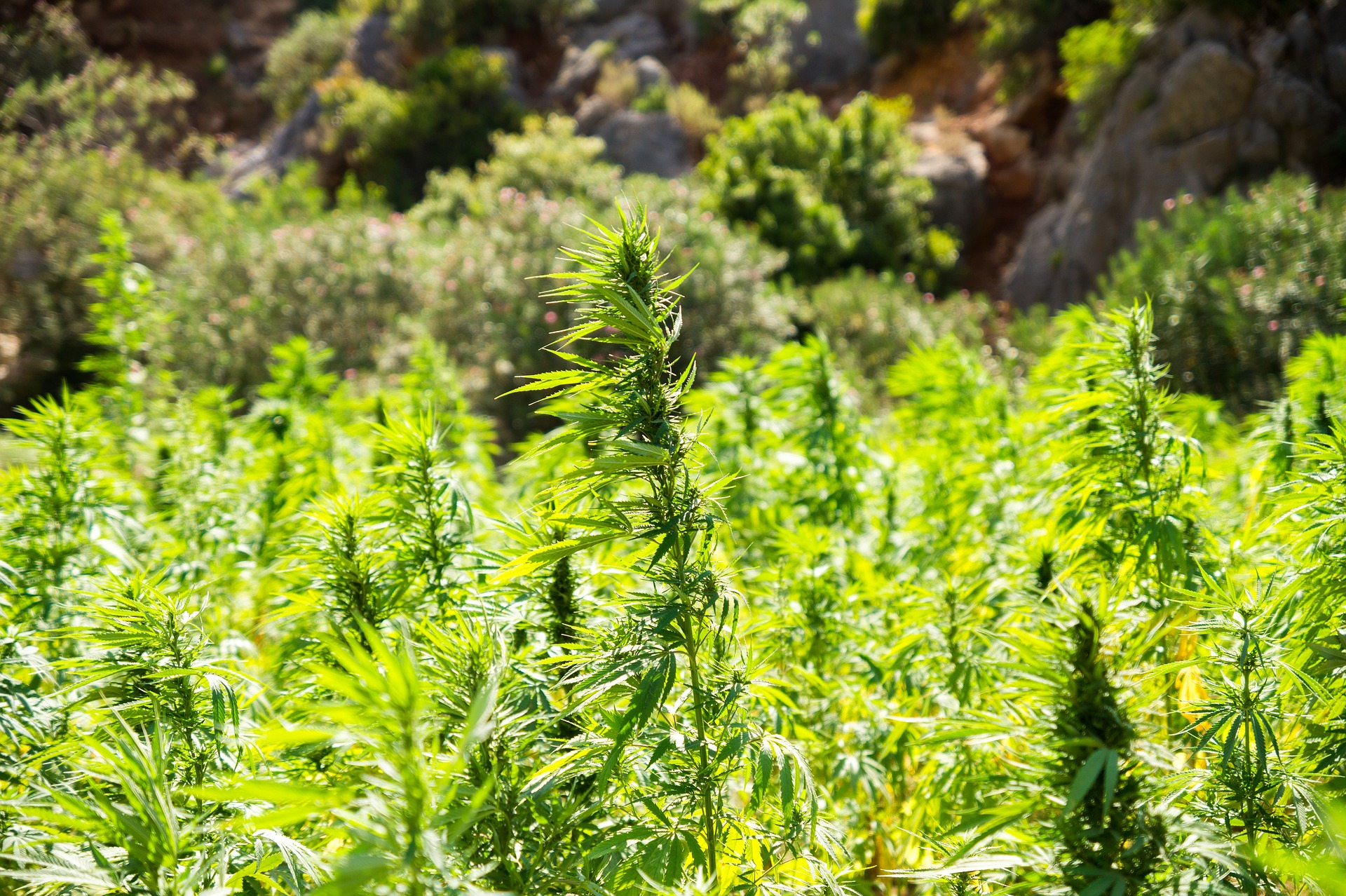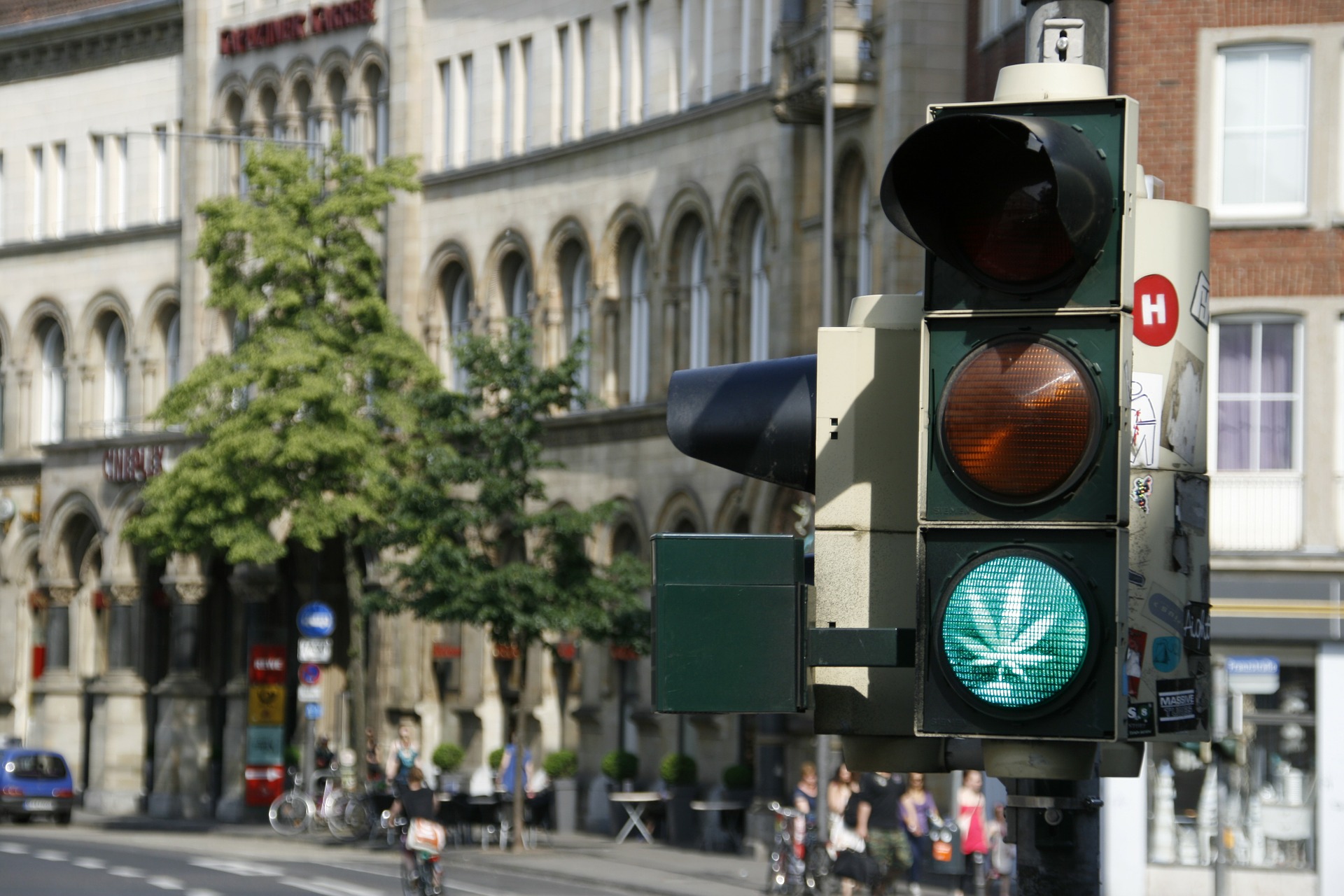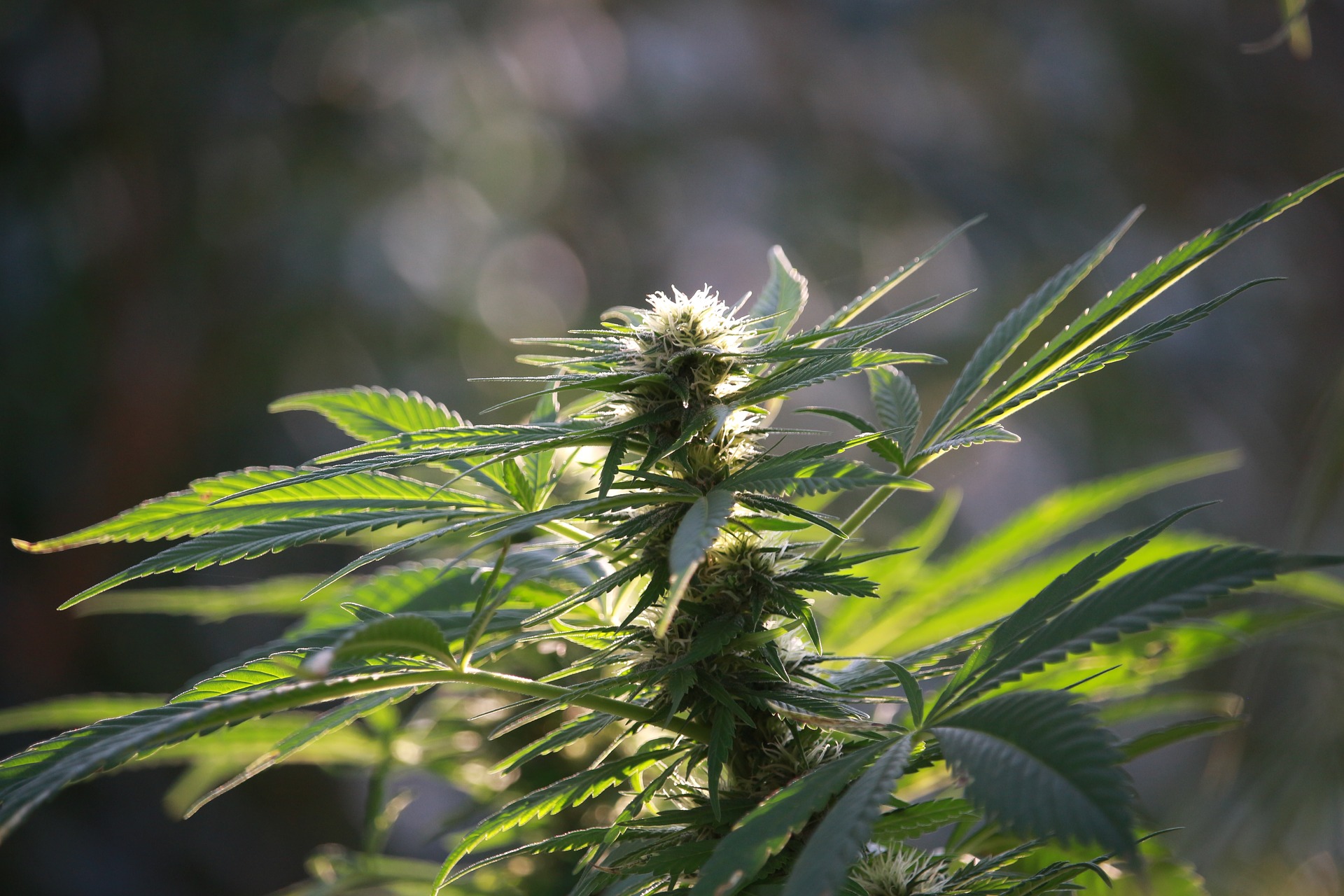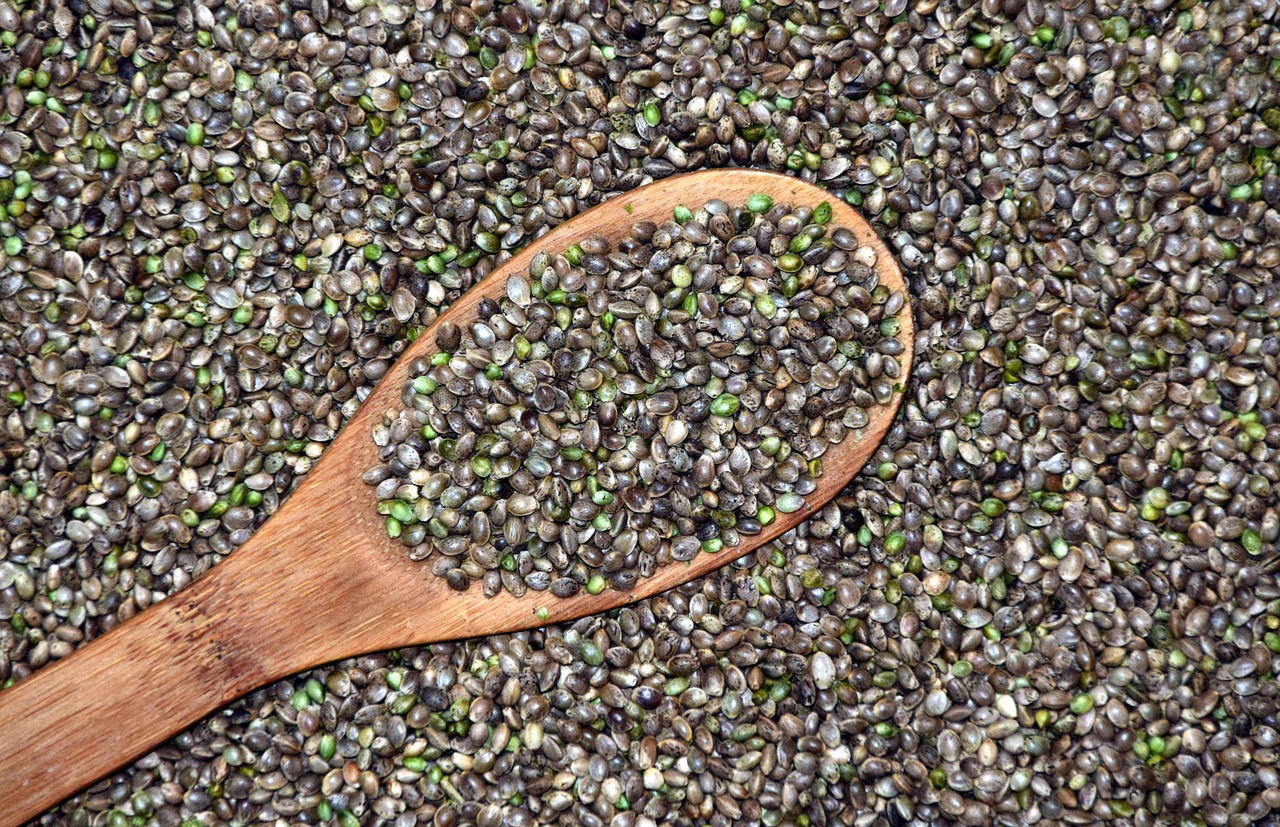Despite the substantial number of obstacles posed by federal laws in general, the cannabis industry is definitely making solid progress. In a legal framework as contradictory as it is bewildering, cannabis seems to be booming thanks to the CBD-derived products that are much in demand. Europe, for instance, has already legalized low-THC industrial hemp for textile use but the uses thereof don’t end there. Let’s just say that its being a major source of CBD, has already attracted lots of growers and investors to a newly-born sector that is, by the way, in a legal limbo.

Unlike cannabis, hemp is legal almost everywhere. Hemp fabrics being suited for the manufacturing of textiles, for the paper industry as well as for construction has completely changed the way we see it and has, of course, surpassed others in the legal sphere. While its tetrahydrocannabinol (THC) content is minimal, CBD (cannabidiol) levels remain high, meaning one of the most popular cannabinoids today, famous for its therapeutic properties, is available in large quantities. This has led many people, both in Europe and in the States, to start growing industrial hemp, in an effort to meet the ever-growing demand for CBD. With cannabis being illegal or scrutinized in so many states, hemp seems a fabulous alternative for those who want to partake in the CBD business. Industrial hemp-derived CBD products are commonly found in grocery stores and even in spas. This is possible because, due to the absence of psychoactive effects, it's classified as a therapeutic product. This doesn't alter the fact that many growers and distributors who decided to join the industrial hemp gold rush have been quite hesitant and wary of the risks. Federal legislation provides for the cultivation and marketing of hemp only when the THC content is below 0.3 %. The Controlled Substances Act (dating back to 1970), though, states than only some parts of the plant can be legally sold like hemp. Such definition excludes flowers, the main source for CBD.

Legal or illegal?
The resurgence of hemp in the U.S. started off 4 years ago when Congress passed the new Agricultural Act (or Farm Bill) defining industrial hemp as a cannabis plant with low concentration of THC (no more than 0.3 %). This federal law permitted all states to investigate, grow and market the plant. The real issue here is that this legal framework is in direct conflict with another Act in force since 1970 stating that only the stalks, fiber and oil obtained from cannabis could be considered industrial hemp. This means that the main source for CBD extract, the buds, qualify as cannabis, no matter how much THC they contain. Although this may not be troublesome in those countries where cannabis is legal, the ones which are yet to step forward suffer the consequences of all industrial hemp-derived CBD products being considered illegal. And this does nothing but increase the levels of risk assumed by the companies that initially thought that producing CBD products would somehow protect them. So far 34 states have enacted bills on cannabis and 19 have been allowed to grow hemp during 2017. According to the 2017 U.S. Hemp Crop Report released by Vote Hemp, over 24,710 acres were used for hemp cultivation (an increase of 9,884 acres compared to 2016), and 32 universities conducted research on the crop.

Despite the rapid growth of the market, the legal confusion doesn't seem to be clearing up anytime soon, meaning some businesses aren't within the bounds of the law and don't even know it. Some weeks ago, the 9th Circuit Court of Appeals in San Francisco heard the arguments in a lawsuit filed by the Hemp Industries Association and other two businesses that use hemp in their products who seek to overturn the DEA classification of industrial hemp as a Schedule I substance (alongside heroin). The federal Appeals Court says that CBD remains a controlled Schedule I substance, which is quite a blow to the U.S. hemp industry. But, far from giving in, the CBD producers who filed the lawsuit are determined to appeal to the U.S. Supreme Court.
CBD is pushing hemp forward
Hemp exists since the beginning of time. It was grown in China some 10 000 years ago, during the Roman Empire, in George Washington's and Thomas Jefferson's time… However, with the start of the 20th century, industrial hemp fell out of favor in the U.S. as a consequence of the government's creating further incentives for cotton and other synthetic materials. With the new 2014 Farm Bill, though, hemp is back as strong as ever, already with 2/3 of the U.S. states having enacted legislation to allow hemp to be grown. Kentucky and Colorado generated approx. half of the nation's hemp output, according to industry estimates. Most of the growers at that time grew hemp for textile purposes, while today, over half of them cultivate hemp to elaborate CBD products, says Brent Burchett, director of plant marketing for the Kentucky Department of Agriculture.

In Colorado, a state with quite a long tradition in the cultivation of cannabis, around 10 000 acres of hemp were cultivated last year, the harvest being used for a wide variety of purposes. Nowadays, industrial hemp is not only grown for the production of CBD and fiber. Many growers are choosing it for its value as a "superfood" like chia or quinoa seeds. Industry analysts expect the market of CBD to keep on growing. The Hemp Business Journal, a Denver-based organization that releases industry estimates, predicts that, in two years' time, cannabis, hemp and CBD-derived pharmaceutical products will generate over $1 billion. Therefore, industrial hemp enters an industry that, apart from aiming high, never stops surprising users and growers/sellers with its versatility.





Give us your feedback
Your rating (between 1 and 5)
1 2 3 4 5Leave a comment